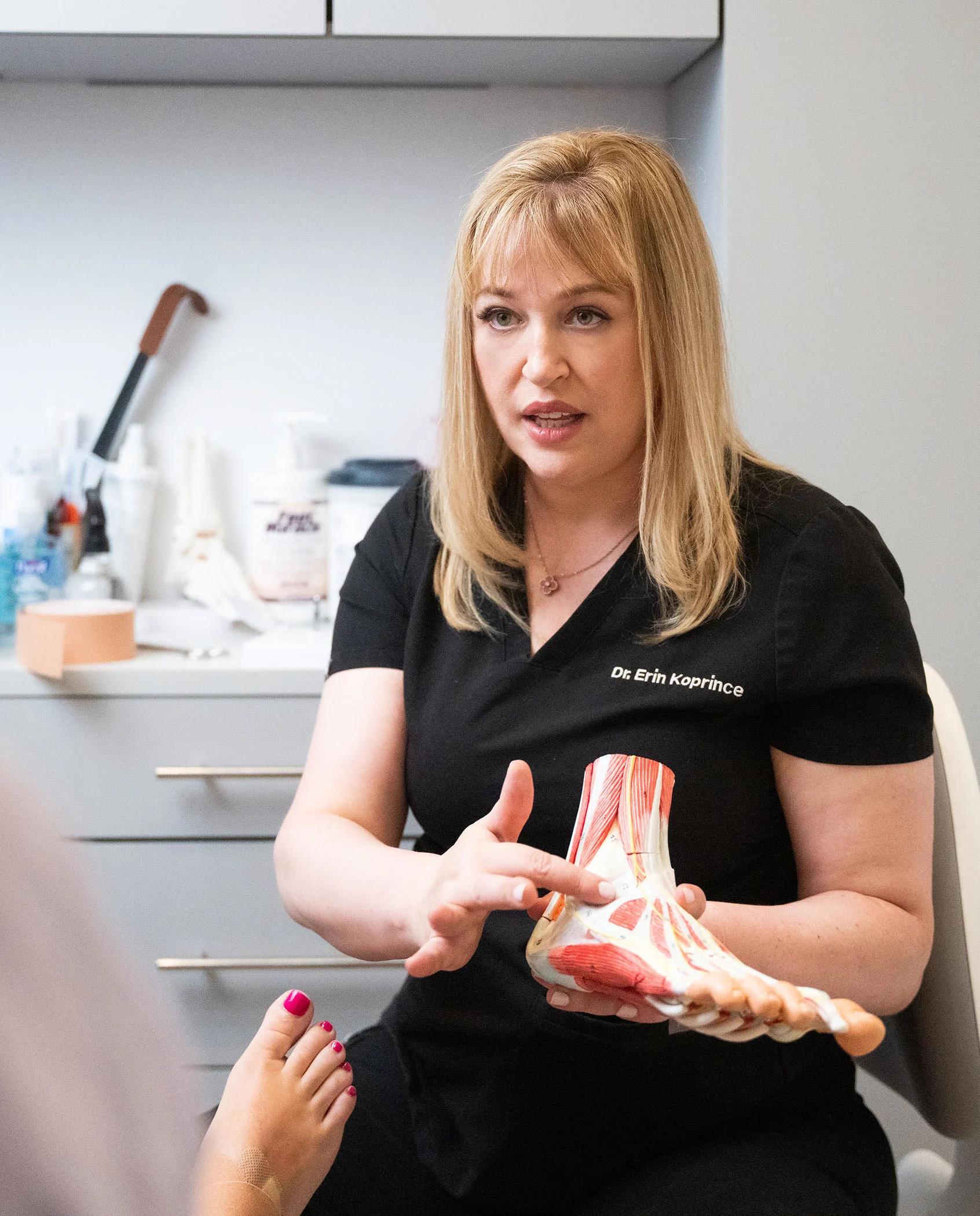Neuroma Overview
You are walking down the street when you feel a sudden, sharp pain in the ball of your foot between your third and fourth toes. If it isn’t a rock in your shoe and the pain persists for several days or more, it might be a neuroma. When left untreated, this condition can lead to permanent nerve damage. Dr. Erin Koprince, Dr. Mona Ramani, Dr. Farah Naz, or our other skilled foot and ankle surgeons at AIRE Podiatry Studio in New York City, NY, encourages patients to schedule a consultation to learn about all their possible treatment options for their podiatric care. Advanced surgery isn’t the only option for a stubborn neuroma. Learn more about how to take care of your neuroma by scheduling an appointment today!




